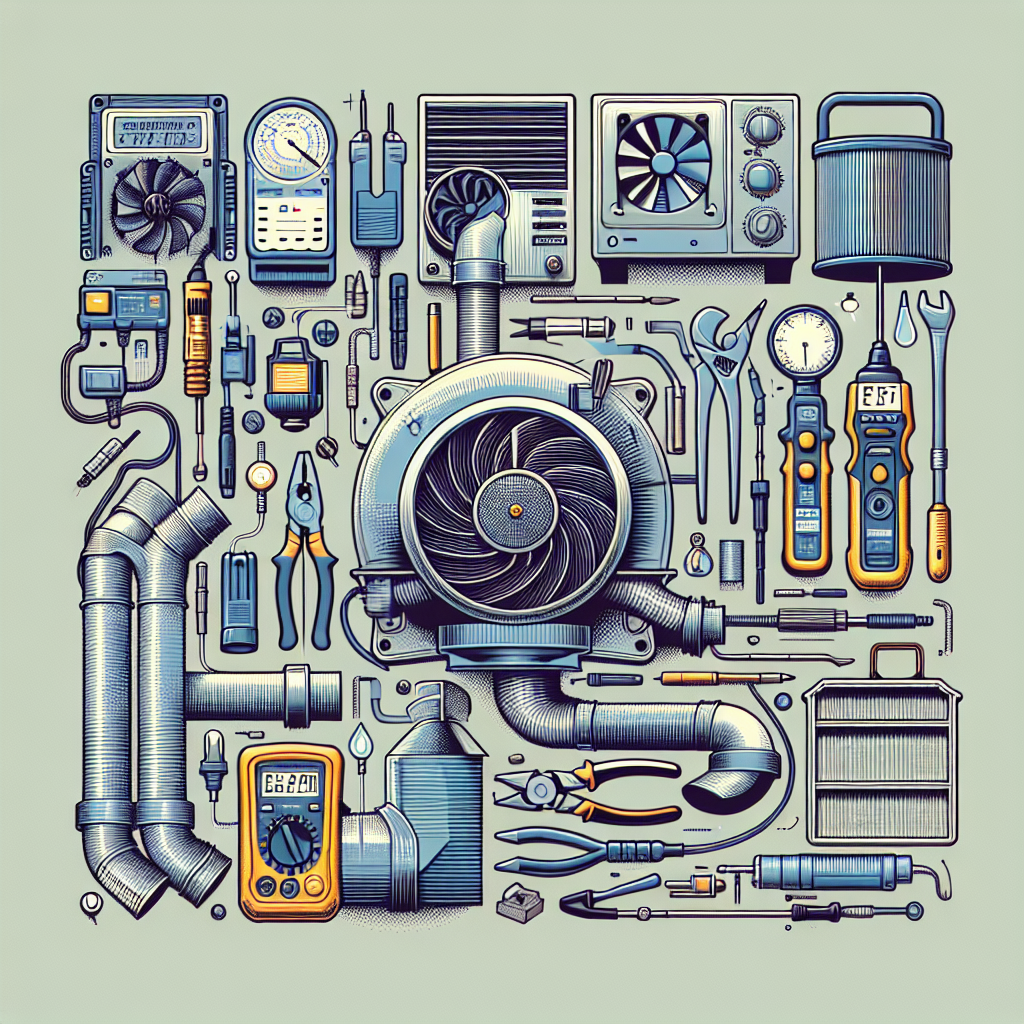Fix today. Protect forever.
Secure your devices with the #1 malware removal and protection software
Proper maintenance of ventilation systems is crucial for ensuring good indoor air quality and the efficient operation of the system. Regular maintenance can also help prevent costly repairs and extend the lifespan of the system. In this article, we will discuss some tips on how to maintain and troubleshoot ventilation systems.
1. Change air filters regularly: One of the most important maintenance tasks for ventilation systems is changing the air filters regularly. Clogged filters can restrict airflow, reduce the efficiency of the system, and lead to poor indoor air quality. Depending on the type of filter used, they should be replaced every 1-3 months.
2. Clean the ductwork: Over time, dust, dirt, and other debris can accumulate in the ductwork of a ventilation system, reducing airflow and causing the system to work harder. It is recommended to have the ductwork cleaned by a professional every 3-5 years to ensure optimal performance.
3. Check for leaks: Inspect the ductwork for any leaks or gaps that may be allowing air to escape. Sealing these leaks with duct tape or mastic can help improve the efficiency of the system and prevent wasted energy.
4. Check the fan motor: The fan motor is a critical component of the ventilation system, responsible for circulating air throughout the building. Regularly check the motor for any signs of wear or damage, and lubricate it as needed to keep it running smoothly.
5. Monitor airflow: Keep an eye on the airflow coming from the vents in each room. If you notice weak airflow or uneven distribution of air, there may be a problem with the ventilation system that needs to be addressed.
Troubleshooting ventilation systems:
1. If the system is not turning on, check the power source and make sure it is properly connected. Also, check the thermostat settings to ensure they are set correctly.
2. If there is a strange odor coming from the vents, it could be a sign of mold or mildew growth in the ductwork. In this case, it is best to have the ductwork cleaned and sanitized by a professional.
3. If the system is making unusual noises, such as rattling or grinding sounds, it could be a sign of a loose or damaged component. Turn off the system and contact a professional for repairs.
4. If the system is not providing adequate ventilation or the air quality is poor, it may be time to upgrade to a more efficient system or add additional ventilation units to improve airflow.
By following these maintenance tips and troubleshooting guidelines, you can ensure that your ventilation system operates efficiently and provides good indoor air quality for years to come. Remember to consult a professional if you encounter any major issues or if you are unsure about how to properly maintain or troubleshoot your ventilation system.
Fix today. Protect forever.
Secure your devices with the #1 malware removal and protection software

Leave a Reply
You must be logged in to post a comment.